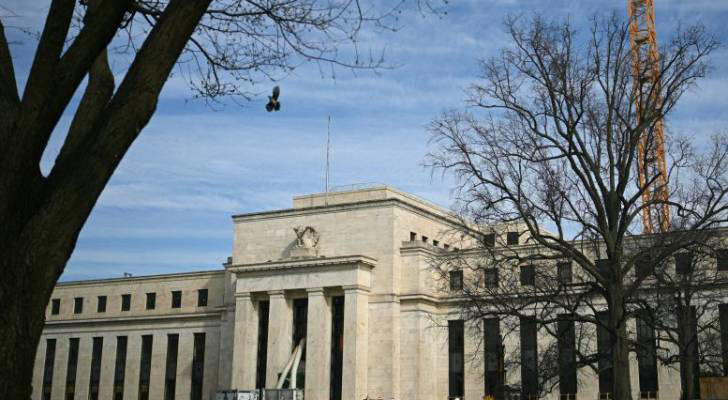The Federal Reserve’s operational loss of $114.3 billion in 2023 was a remarkable departure from its previous net income of $58.8 billion in 2022, marking the largest operating loss in its history. This substantial shift in financial performance can be attributed to several factors, most notably the Federal Reserve’s response to the escalating challenge of rising inflation and its subsequent adjustments to key interest rates.
In its efforts to counteract inflationary pressures and maintain price stability, the Federal Reserve embarked on a path of monetary tightening by gradually raising its target interest rate. This policy move aimed to cool down an overheating economy and prevent inflation from spiraling out of control. However, the consequences of these actions included increased operational costs for the central bank, resulting in expenses that surpassed its earnings for the year.
One significant contributor to the rise in expenses was the surge in interest payments on reserves held by depository institutions at the Federal Reserve. These interest payments reached a record high of $176.8 billion in 2023, nearly tripling the amount paid out in the previous year. Additionally, interest payouts from the reverse repurchase agreement (repo) facility experienced a substantial increase, climbing from $41.9 billion to $104.3 billion during the same period.
Despite grappling with significant financial challenges, the Federal Reserve has been quick to reassure stakeholders that its net negative income does not compromise its ability to effectively execute monetary policy or carry out essential operational functions. To bridge the gap created by the shortfall in earnings, the Federal Reserve employs a mechanism known as a deferred asset, essentially an internal accounting tool that allows the central bank to fund its operations temporarily.
This deferred asset acts as an IOU from the Federal Reserve to itself, enabling the central bank to continue its day-to-day operations without interruption. Once the Federal Reserve returns to profitability, it can utilize excess earnings to gradually pay down the deferred asset until it reaches zero. At that point, the Federal Reserve can resume its practice of remitting excess profits to the Treasury, as it has done historically.
However, projections indicate that it may take several years for the Federal Reserve to fully recover from its current financial position. A report from the St. Louis Federal Reserve suggests that the central bank will likely carry the deferred asset on its balance sheet until at least mid-2027. This projection implies that the Federal Reserve may need to navigate a period of financial constraint before it can once again return profits to the government.
In summary, the Federal Reserve’s substantial operating loss in 2023 underscores the complex challenges it faces in balancing its dual mandate of price stability and maximum employment. While the loss represents a significant financial setback, the Federal Reserve remains committed to fulfilling its monetary policy objectives and maintaining the stability of the financial system, albeit with a temporary delay in returning profits to the government.
